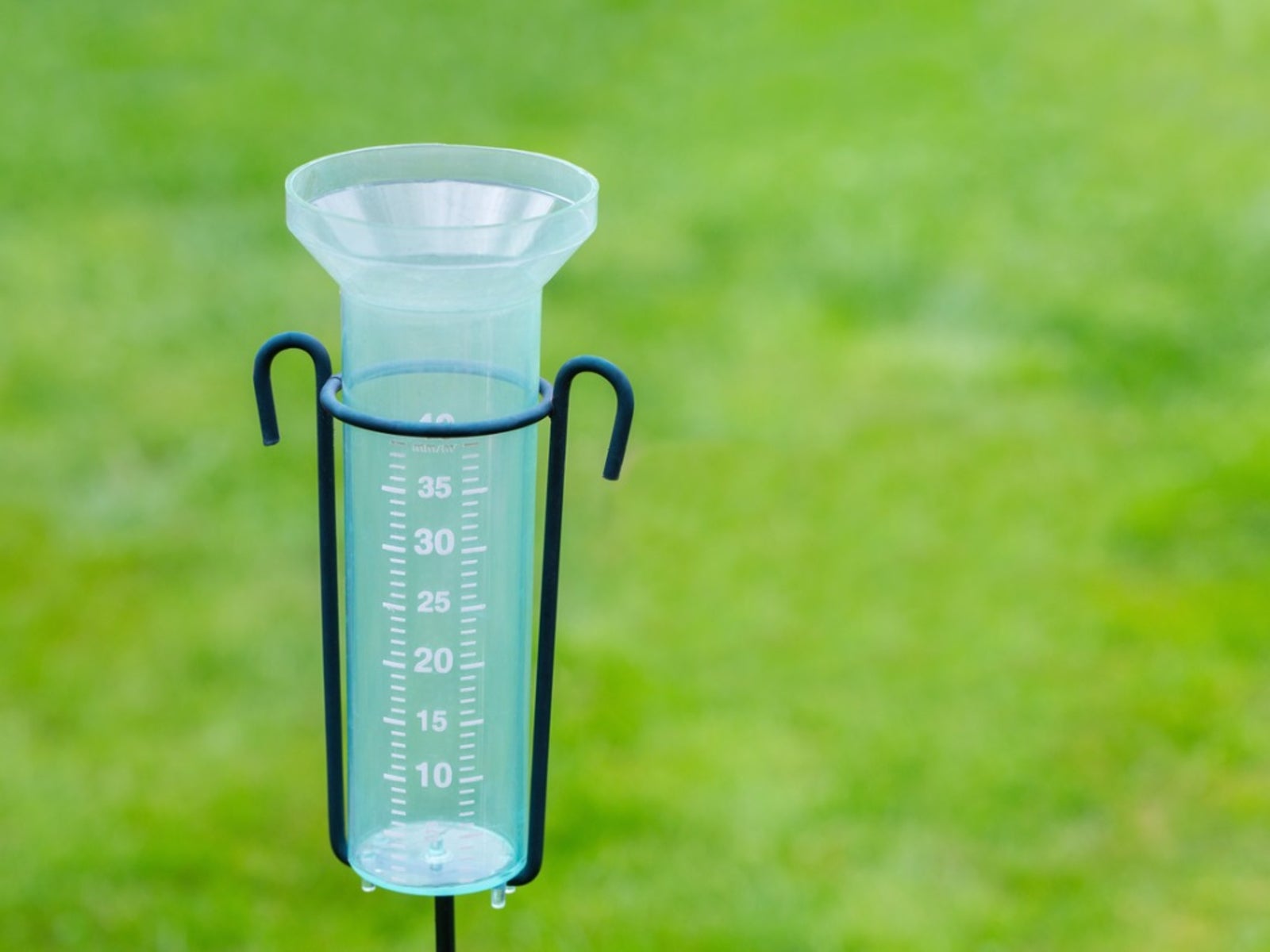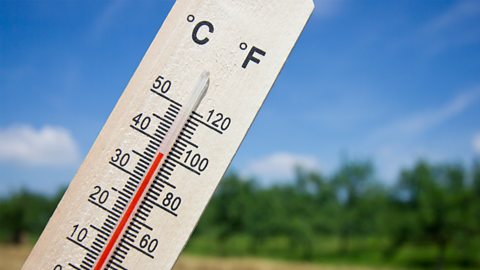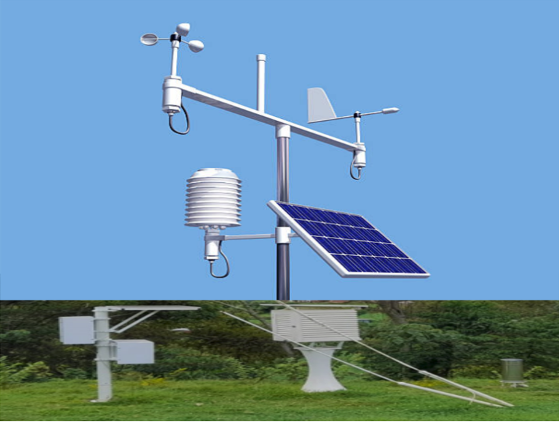(866)223-5699
(866)223-5699

Understanding the nuances of weather patterns is crucial for forecasting and studying atmospheric conditions. To aid this intricate process, meteorologists rely on a variety of specialized instruments. In this article, we delve into seven essential weather instruments and meteorological stations that stand as the cornerstone of modern-day weather monitoring. From the humble thermometer to sophisticated radar systems, join us as we explore the indispensable equipment that helps predict the whims of weather with greater accuracy and understand their functions in the ever-evolving field of meteorology.
The science of meteorology heavily relies on various weather instruments to accurately measure, understand, and predict atmospheric conditions. These essential tools are the backbone of meteorological stations, assisting professionals and enthusiasts alike in their quest for data. Thermometers, for example, gauge temperature levels, while barometers track atmospheric pressure — both critical elements in weather assessment. Anemometers, another type of weather instruments, calculate wind speed, providing insights into impending storms or gentle breezes. Hygrometers, designed to measure humidity, and rain gauges, which capture precipitation amounts, are indispensable in constructing a comprehensive weather narrative. For those who actively monitor or are simply fascinated by climatic patterns, state-of-the-art weather instruments offer a gateway to understanding the skies above. Highlighting the intricate dance between the Earth’s atmosphere and our daily lives, these devices not only predict weather but also underscore our dependence on a stable climate. Thus, it's no surprise that meteorological stations are stocked with various, often duplicated, weather instruments to ensure a multilayered analysis of environmental conditions, making these tools absolutely vital in weather forecasting.
For those keen on optimizing water use, choosing one of the apt weather stations is pivotal. A well-equipped weather station serves as a cornerstone in managing water resources efficiently. It isn't just about rainfall; the right weather instrument amalgamates various data points, including temperature, to paint a complete picture of the water cycle. The temperature at various times of the day, for instance, greatly influences evaporation rates and moisture conservation strategies. Thus, picking a weather station that accurately captures temperature variations is crucial. An adept weather instrument must provide meticulously accurate readings that help in forecasting water use and preservation. What's more, with water scarcity becoming a pressing issue globally, harnessing precise data from weather stations assists in sustainable water use. In essence, to address water-related concerns effectively, employing a reliable weather station that delivers on one’s specific temperature and water data collection needs is an essential step, ensuring that the use of our most precious resource is both judicious and sustainable.
Delving into the world of meteorology requires a reliable list of weather stations, each designed to enhance our understanding of atmospheric conditions. These weather stations, crucial in gathering data, vary from simple home setups to advanced meteorological stations deployed for professional analyses. Our selection outlines a variety of weather equipment, ensuring that whether you're a hobbyist or a researcher, you'll find the right tools for accurate weather forecasting. In a field where precision is paramount, each weather station on our list has been curated to offer detailed weather insights, crucial for both climate research and everyday weather predictions. Reflecting on this comprehensive array, we've ensured that from thermometers to anemometers, our weather stations encompass the essentials needed for measuring all facets of the weather. This indispensable guide serves as a starting point for anyone keen to explore atmospheric phenomena or needing to collect weather-related data for water management and other environmental assessments.

At the core of meteorological studies is the quintessential anemometer, a pivotal weather instrument designed to measure wind speed with remarkable precision. Among the array of weather instruments, anemometers hold a special place due to their critical role in analyzing and forecasting weather patterns. It's fascinating to see how these devices capture the nuances of the wind, translating gusts into data that meteorologists can use. Whether it's for a simple home weather station or a complex meteorological setup, an anemometer is an indispensable tool. Notably, anemometers aren't one-size-fits-all; there's a variety to choose from, each tailored to specific climatological needs. Ensuring accurate readings, these weather instruments serve as the backbone for water-related data collection, helping in the determination of wind speed, which is essential for comprehensive weather analysis. If you're pondering over which weather instrument to add to your arsenal, let's be clear: a quality anemometer is non-negotiable for anyone serious about wind and weather.

Standing out as a fundamental tool among weather instruments, the rain gauge serves a pivotal role in meteorology. It's central to gathering precise measurements of rain, offering invaluable information to weather enthusiasts and professionals alike. Constituting one of the more traditional weather instruments, this device helps us understand the amount of rain over a period, which is crucial for various water management practices. In crafting a weather equipment guide, it's impossible to overlook this simple yet effective instrument. Whether you're looking at a comprehensive list of weather stations or just a singular weather instrument, a rain gauge invariably makes the cut. Far from being a complex device, it remains a quintessential piece of equipment, alongside anemometers and other cutting-edge tools. Its capacity to capture accurate rainfall data makes it essential for weather analysis and ensuring that when the skies decide to open up, we're not just ready, but also informed.

The thermometer stands as a fundamental pillar among meteorological tools, tirelessly taking the pulse of our atmosphere's warmth or chill. An undeniably vital weather instrument, a thermometer measures the air temperature with a straightforward elegance that belies the complexity of its contribution to weather analysis. Whether mercurial or digital, thermometers provide essential data that inform not just daily forecasts but also long-term climate patterns. The consistent measuring of temperature through an array of thermometers allows meteorologists to construct a reliable picture of current conditions. It's the refinement and accuracy of these temperature readings that drive precision in weather prediction. In the pantheon of weather instruments— which includes the anemometer and rain gauge— the humble thermometer is a star, its utility never fading as it captures the ever-fluctuating story of temperature. For anyone venturing into the realm of weather monitoring, securing a dependable thermometer is as crucial as selecting the right weather station overall. It's a basic yet indispensable step in achieving accurate weather analysis.
| Weather Instrument | Who Uses Them | Professions | Applications |
|---|---|---|---|
| Thermometer | Meteorologists, Enthusiasts | Weather Forecasting, Climate Science | Measuring air and water temperatures |
| Barometer | Meteorologists, Pilots | Weather Forecasting, Aviation | Monitoring atmospheric pressure changes to predict weather changes |
| Anemometer | Meteorologists, Wind Turbine Operators | Weather Forecasting, Renewable Energy Sector | Measuring wind speed and for wind resource assessment |
| Hygrometer | Meteorologists, Farmers | Weather Forecasting, Agriculture | Measuring humidity in the atmosphere to assist with irrigation planning |
| Rain Gauge | Meteorologists, Hydrologists | Weather Forecasting, Hydrology | Measuring precipitation for water resource management and flood prediction |
| Wind Vane | Meteorologists, Sailors | Weather Forecasting, Maritime Navigation | Assessing wind direction to aid in navigation and weather prediction |
| Radar | Meteorologists, Air Traffic Controllers | Weather Forecasting, Aviation Safety | Detecting precipitation, calculating its motion, and estimating its type (rain, snow, etc.) |

A barometer stands as one of the quintessential weather instruments in the realm of meteorology, providing the crucial function of measuring atmospheric pressure. This pressure instrument is foundational in forecasting changes in weather, as fluctuations in pressure often precede alterations in weather conditions. A barometer’s readings are pivotal for determining pressure systems, be it high or low, hence allowing weather professionals to predict sunny days or approaching storms with markedly greater accuracy. Among weather instruments, the barometer is unique as it focuses solely on one aspect: atmospheric pressure. While the collection of weather equipment includes diverse tools like the anemometer, rain gauge, and thermometer, a barometer specifically gauges the invisible force exerted by the atmosphere, making it an indispensable weather instrument. As one delves deeper into the study of weather, the importance of accurate pressure readings becomes evident, asserting the barometer's critical role in the pantheon of meteorological stations equipped to analyze and elucidate the capricious nature of weather.

Among the pivotal weather instruments employed in meteorological stations, the hygrometer stands out for its critical role in measuring humidity. Humidity is a staple in weather analysis, not just a single factor but a persistent element that profoundly impacts local and global climates, as well as temperature regulation. A hygrometer isn't a mere luxury; it's an essential tool within the cohort of weather equipment. Its readings are crucial in understanding the atmospheric moisture content, which can affect everything from weather forecasting to water-related data collection. While the thermometer is a well-known device for gauging temperature, the hygrometer complements it by providing insights into the amount of humidity in the air, thereby forming a complete picture of the weather conditions. Given that humidity influences comfort levels and has myriad implications for the environment, having at least one hygrometer in a weather instrument assembly is advisable. As we've explored various weather instruments, from the anemometer for wind measurement to the barometer for atmospheric pressure, the hygrometer plays its part in ensuring a comprehensive weather analysis.

A wind vane stands as a classic weather instrument, pivotal in determining wind direction, an essential factor in meteorological analysis. This timeless device captures the wind's direction, offering directional insights that are invaluable in weather forecasting. A wind vane, often perched high to avoid interference, points its arrow towards the origin of the wind, allowing meteorologists and enthusiasts alike to understand weather patterns more clearly. As one of the fundamental weather instruments incorporated into meteorological stations, the wind vane's simplicity belies its significance. Its role in measuring wind direction extends to applications in both professional and educational settings, solidifying its place as a critical weather instrument. By indicating the direction from which the wind blows, a wind vane helps in predicting weather shifts, which can be crucial for agricultural planning, aviation, and even leisure activities. Thus, a wind vane is not only about direction – it's a directional guide towards greater awareness and preparedness against nature's whims.

An integral component of modern meteorology, the automated weather station, stands as a central pillar in the collection and analysis of weather data. These weather systems, employing both digital and analog sensors, offer precise readings across a diverse array of weather instruments. From monitoring atmospheric temperature to tracking barometric pressures, these stations serve as a linchpin in weather prediction and study. With an automated weather station, the laborious task of manual data collection is a thing of the past, providing meteorologists with more time for data analysis and forecasting. Such weather stations harness an ensemble of instruments, including anemometers for wind speed, hygrometers for humidity, thermometers for temperature measurements, and more, all operating in unison. Critical to any weather system's infrastructure, they're invaluable in not just meteorological circles but also for educational, agricultural, and one might argue, every aspect of planning affected by climatic conditions.
The use of weather instruments is crucial in the field of meteorology, where gathering accurate weather data is essential. A thermometer, for instance, gauges temperature, a fundamental element in forecasting. Wind speed and direction are measured by an anemometer, often accompanied by a wind vane for more precise wind observations. Weather stations, equipped with various instruments, play a pivotal role in collecting comprehensive weather data. Instruments like barometers, which measure atmospheric pressure, and hygrometers, which detect humidity levels in the weather, are integral to a meteorologist's toolkit. In leveraging these instruments, meteorologists can better understand weather patterns and issue more accurate weather forecasts. Whether it's for a simple home-based weather station or a more sophisticated automated weather station, the use of these instruments helps monitor weather conditions effectively. In the quest to analyze weather trends, the weather instruments blend together to form the backbone of meteorological research. Their combined use offers a wealth of information crucial for weather analysis in any weather-afflicted industry.
Having explored the intricacies of key weather instruments and the importance of meteorological stations, it's apparent that these tools are not just for the scientifically inclined, but for anyone with a keen interest in understanding the forces that shape our weather patterns. From the backyard weather enthusiast to the professional meteorologist, the right equipment can make all the difference in accurately forecasting and analyzing meteorological data. As we continue to witness the ever-evolving climate dynamics, these seven essential instruments will undoubtedly remain crucial in our quest for weather knowledge and preparedness.

Leave a comment